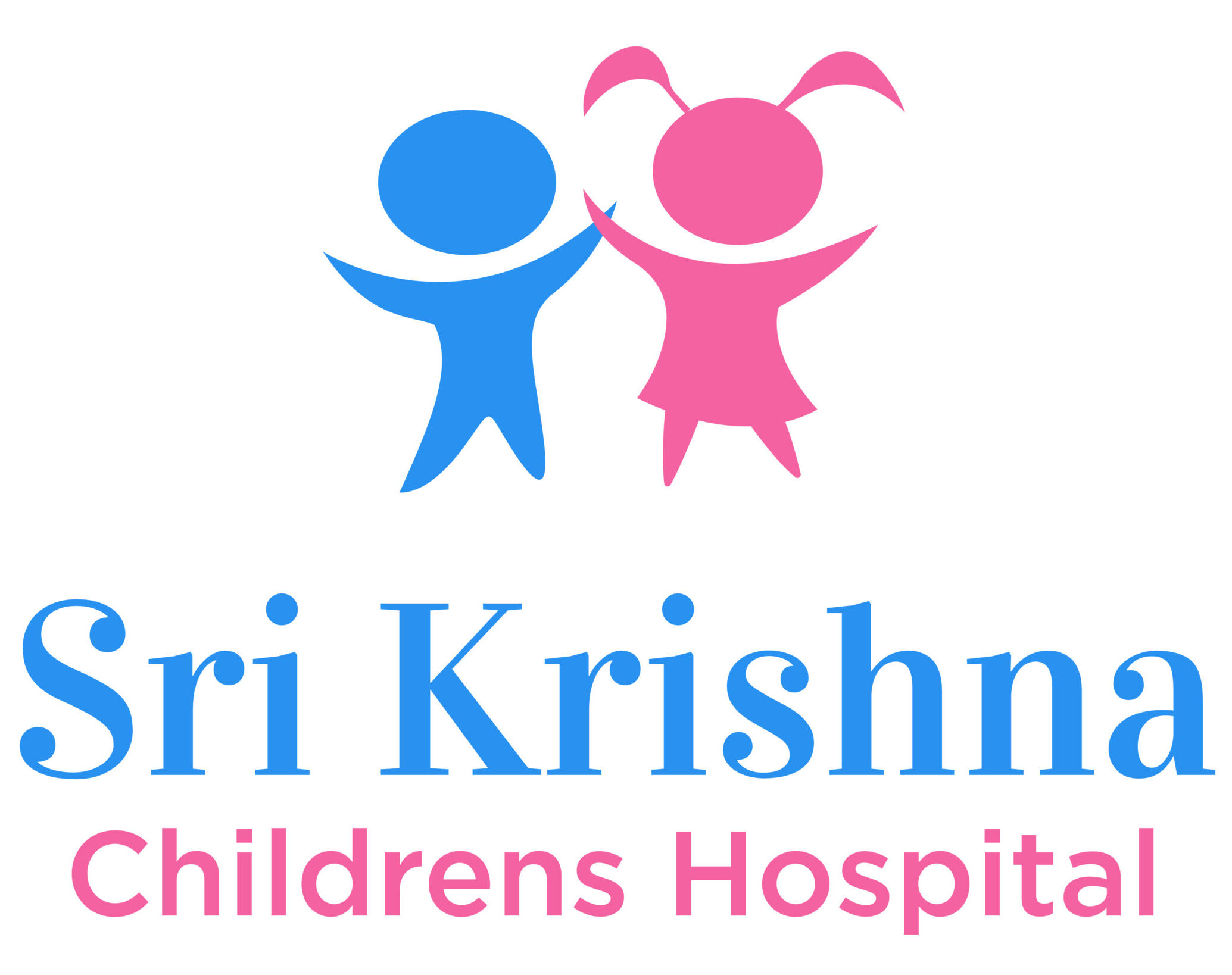Tetralogy of Fallot (TOF) is a congenital heart defect affecting children. It’s a fairly common issue and understanding it is crucial for early diagnosis, which can significantly improve a child’s quality of life. Tetralogy of Fallot affects how blood flows through the heart, making it important for parents to notice any unusual symptoms early on. Recognizing the signs promptly can lead to better management and care, helping ensure the affected children lead fuller and healthier lives. Let’s dive into what Tetralogy of Fallot is and how to recognize its symptoms.
What is Tetralogy of Fallot?
Tetralogy of Fallot involves four distinct problems with the heart. These include a hole between the heart’s lower chambers, and a narrowing at or just beneath the pulmonary valve, among others. These defects can cause improper blood flow, leading to less oxygen in the blood sent throughout the body. This oxygen deficiency is what causes many of the symptoms. The heart has to work harder to pump blood, creating further complications if not treated. By understanding these four defects, parents and caregivers can better appreciate their impact on a child’s overall health and development.
Recognizing the Symptoms of Tetralogy of Fallot
Identifying the symptoms of Tetralogy of Fallot early is essential. Some common signs include: – Cyanosis: a bluish tint to the skin, especially noticeable around lips and fingers, due to low oxygen levels. – Shortness of breath: struggling to catch a breath, particularly during physical activity. – Tet spells: episodes where children suddenly turn more blue, become blurry in consciousness, or have difficulty breathing.
As children with Tetralogy of Fallot grow, their symptoms might progress or change. Some children learn to squat when short of breath, as it helps increase blood flow to the heart. It’s crucial to distinguish myths from facts regarding TOF. For instance, while some might believe all children outgrow TOF, this is not true without medical intervention. Awareness and accurate information help keep parents vigilant and proactive in seeking care.
Common Challenges for Parents and Caregivers
Parents and caregivers face unique challenges when dealing with Tetralogy of Fallot. Often, practical advice revolves around:
- Managing daily routines and staying vigilant for symptoms.
- Scheduling regular medical check-ups and focusing on early intervention.
It’s also important to manage the emotional weight. Supporting a child with a heart defect can be stressful, yet caregivers need to take care of themselves too. Keeping a positive outlook and connecting with support groups can greatly help.
Navigating Symptoms Over Time: An Age-Specific Guide
Symptoms of Tetralogy of Fallot can vary based on the child’s age:
- Infancy: Look out for general fatigue and poor feeding.
- Childhood: Symptoms become more pronounced with physical activity, like quick tiring.
Monitoring these stages helps in planning appropriate interventions. If left untreated, symptoms can worsen and lead to complications. It’s vital to take medical advice seriously and adjust care plans as children grow.
Advancements in Treatment for Tetralogy of Fallot
There have been significant advancements in treating Tetralogy of Fallot, especially surgical options available in many parts of the world, including India. Surgical interventions are designed to correct the structural issues within the heart, greatly improving long-term outlooks. Successful surgeries can allow children with Tetralogy of Fallot to lead nearly normal lives. It’s reassuring for parents to know that ongoing research and medical advancements continue to refine these treatment options, providing better outcomes and quality of life for affected individuals.
Lifestyle and Nutritional Tips for Children with Tetralogy of Fallot
Children with Tetralogy of Fallot can benefit from a balanced diet that supports heart health. Suggestions include:
- Incorporate plenty of fruits and vegetables: They provide essential nutrients for overall health.
- Limit processed foods and sugars: These can put undue strain on the heart.
Encourage daily physical activity, tailored to the child’s capabilities, to ensure they stay active and healthy.
Understanding Genetic and Environmental Factors
Tetralogy of Fallot can be influenced by both genetic and environmental factors. Certain genetic conditions increase the risk of TOF in infants, while environmental factors during pregnancy can also play a role. While it’s challenging to entirely predict or prevent Tetralogy of Fallot, expectant parents can take certain measures, such as regular prenatal check-ups, to help reduce risks.
Conclusion: Living with Tetralogy of Fallot
Recognizing the symptoms of Tetralogy of Fallot is the vital first step. Early consultation with medical professionals can dramatically improve outcomes. By being proactive in diagnosis and management, children with Tetralogy of Fallot can lead fulfilling and happy lives. With proper care and medical intervention, the challenges associated with Tetralogy of Fallot become manageable, allowing these children to enjoy plain, ordinary childhood experiences alongside their peers.
Consult us today at Sri Krishna children’s hospital for expert guidance!


